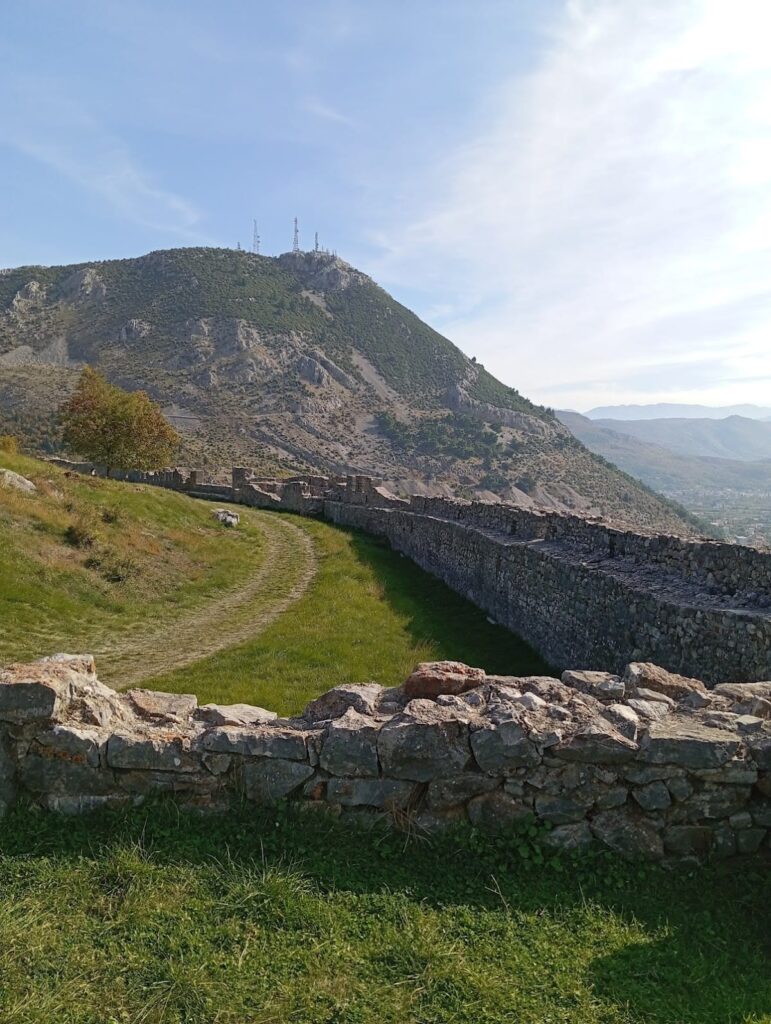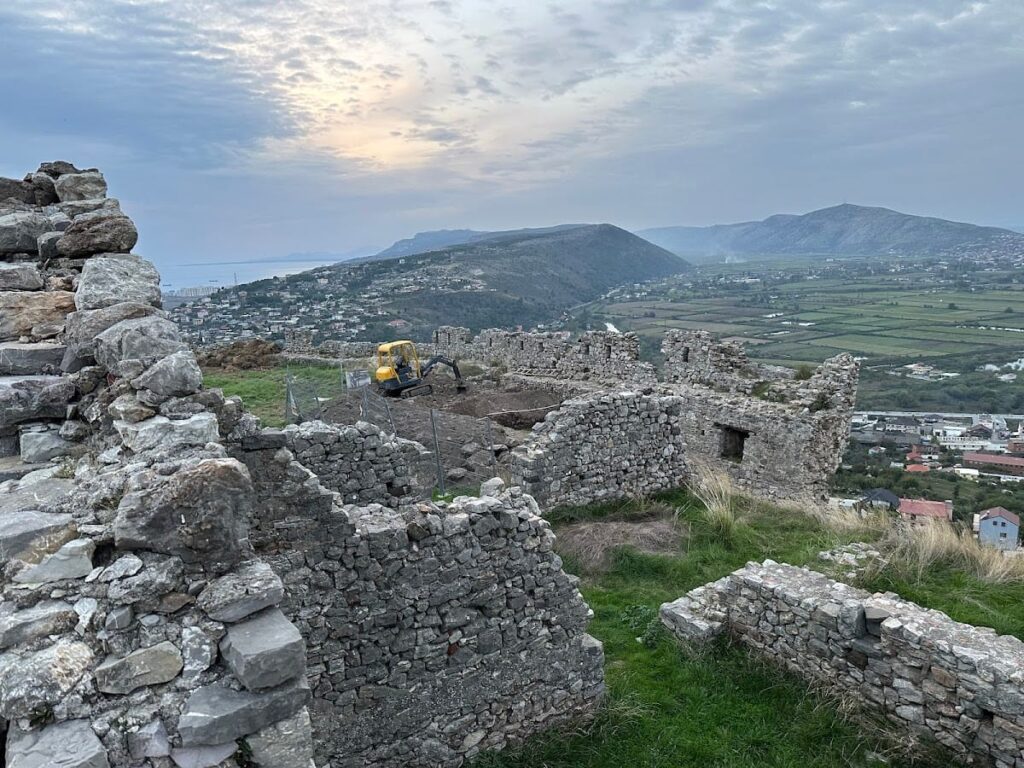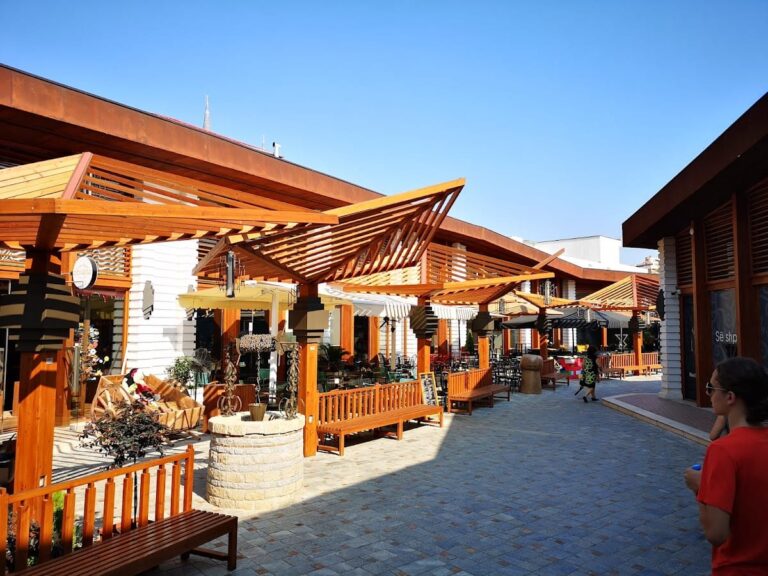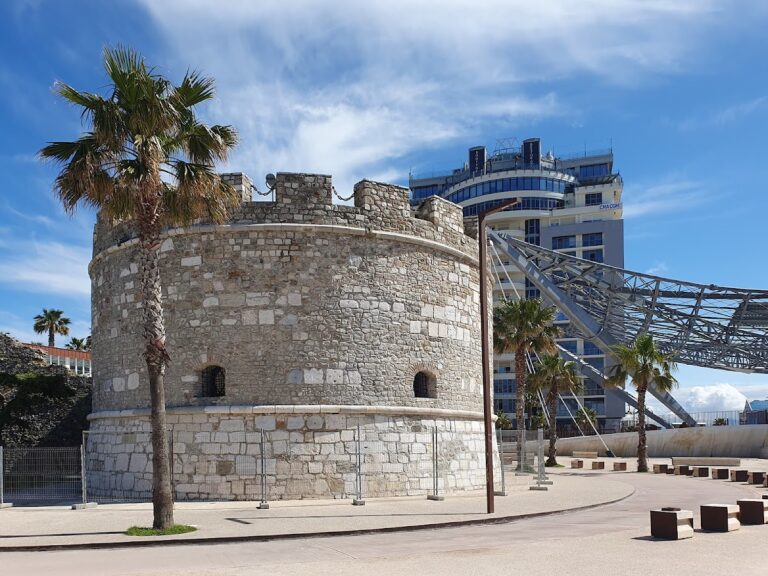Lezhë Castle
Visitor Information
Google Rating: 4.6
Popularity: Low
Google Maps: View on Google Maps
Country: Albania
Civilization: Byzantine, Roman
Remains: Military
History
Lezhë Castle is situated on a hill east of the modern city of Lezhë in northwestern Albania. Its origins trace back to the Illyrian civilization, which established the fortified settlement known as Lissus. This ancient city occupied a strategic position overseeing the Drin valley and access to the Adriatic Sea, serving as a military stronghold and urban center from at least the 4th century BCE.
During the Illyrian period, Lissus was a heavily fortified city involved in regional alliances and conflicts. It maintained connections with notable figures such as the Sicilian tyrant Dionysius I and the Illyrian king Bardylis. In the 3rd century BCE, the city became part of the Ardiaean kingdom under King Agron, further consolidating its regional importance.
Following the First Illyrian War (229-228 BCE), Lissus came under Roman influence as a protectorate. The city played a role in the Roman civil wars, notably siding with Julius Caesar against Pompey. Under Octavian, the future Emperor Augustus, Lissus was granted municipal and colonial status, reflecting its integration into the Roman administrative system. It functioned as an important military and administrative center, governed by a city council and magistrates.
The late Roman and Byzantine periods saw a decline in the city’s prominence. In 592 CE, Slavic incursions led to significant destruction. Additionally, environmental changes caused the Drin River to alter its course, gradually severing Lissus’s direct access to the sea. These factors contributed to the city’s diminishing strategic and economic role.
In the medieval era, the site underwent significant reconstruction under Venetian rule in 1440, reflecting its continued military importance. Later, the Ottoman Empire captured the castle in 1522, initiating further modifications. The castle remained a strategic fortification through these successive occupations. In the modern period, archaeological excavations and restoration efforts have been undertaken, especially following earthquake damage in 1979, with conservation projects beginning in 2002.
Remains
Lezhë Castle occupies an oval-shaped hilltop oriented east-west, encompassing an area of approximately 20 hectares. The fortifications include massive defensive walls originally constructed in the 4th century BCE, extending roughly 2,200 meters. These walls vary in width from 3.20 to 3.80 meters and reach heights up to 8 meters. Eighteen towers and at least twelve gates reinforced the perimeter, indicating a complex defensive system.
The construction materials and techniques reveal multiple phases. The earliest walls consist of large stone blocks typical of Illyrian masonry. Later additions from the medieval period employ smaller carved stones bonded with mortar. Within the castle, ruins include Ottoman-era structures such as a mosque and a southeastern tower featuring a Roman arch. An Illyrian tower remains visible on the southern wall, illustrating the site’s long-term occupation.
The castle’s layout comprises distinct sectors: an acropolis covering 1.8 hectares, an upper city of 12.8 hectares, a lower city spanning 9 hectares, and riverbank fortifications occupying 1.5 hectares. This arrangement reflects a sophisticated urban and defensive organization adapted over centuries.
Epigraphic evidence includes tabula ansata, or inscribed stone blocks with handles, dating to the Roman civil war period. These inscriptions document reconstruction efforts of walls, gates, and towers during the 1st century BCE. The masonry styles and materials visibly mark the transitions from Illyrian through Roman, Byzantine, Venetian, and Ottoman phases.
Restoration work has consolidated the structure following serious damage caused by the 1979 earthquake. These conservation efforts have preserved the castle as a cultural monument, maintaining its archaeological integrity and historical significance.










